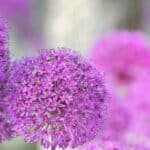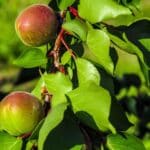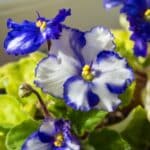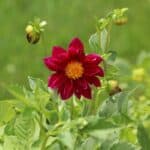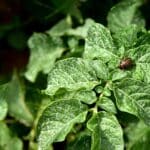Hyssop (Hyssopus officinalis) is one of the most beautiful herbs to add to your garden space. This charming perennial produces clusters of pink or purple flowers on tall spikes that look striking, and their delicate leaves can add a lot of texture to your spaces.
This showy member of the mint family is perfect for butterfly garden-cutting gardens, herb gardens, crop gardens, and water-efficient spaces because they are striking and easy to care for.
Hyssop is beneficial in food gardens because it will protect and boost the growth of plants like brassicas or grapes. The striking plant can also look blissful alongside companion plants like brown-eyed susans, firework goldenrods, purple coneflowers, and bee balm.
Let’s take a closer look at these companions and discuss some creative ways to use them to create attractive spaces.

What to Plant with Hyssop
If you want all of the plants in your herb garden or ornamental garden to flourish, then it is best to select hyssop companions with similar growing conditions.
This exciting herb will flower best if it is grown in full sun, and it can also grow well in partial shade but will produce fewer blooms. The herb should be planted in organic-rich, well-drained soil. Hyssops prefer dryer conditions but should be watered at least once a week.
Let’s look at some companion species that will flourish in the same sunny and slightly dry conditions.
Brassicas
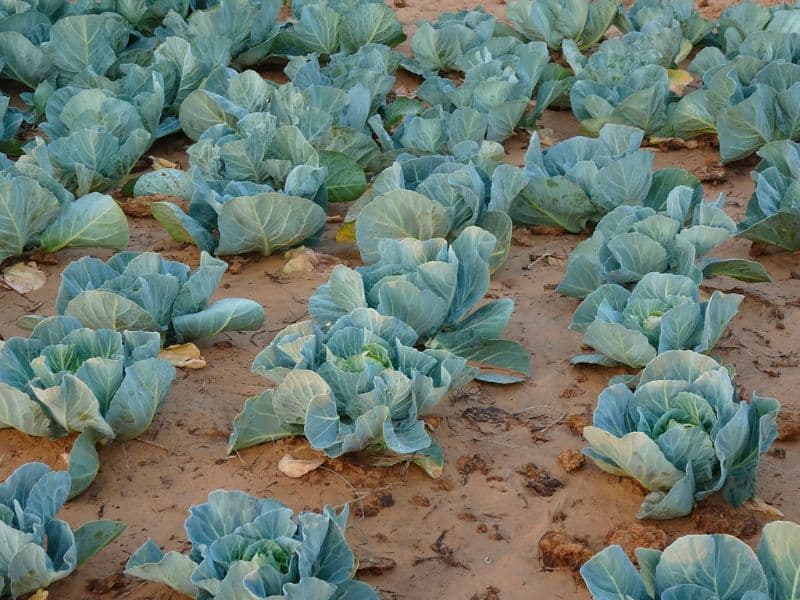
Brassicas (Brassica) can significantly benefit from hyssop’s powerful pest-deterring qualities. The scent of this herb is known to repel pests like cabbage moths and flea beetles, and it will mask the intense fragrance of your brassicas. Hyssop also attracts predatory wasps that feed on aphids. Gardeners also believe that hyssop can boost the growth and development of brassicas, and this herb is a favorite among bees, which can increase your brassica yields.
You can safely interplant hyssop all over your brassica patch or row because it is not as invasive as other mint species and won’t take over your garden beds. Just remember to leave plenty of room between the brassicas and hyssop because this herb can spread to grow up to 60cm wide.
Grapes
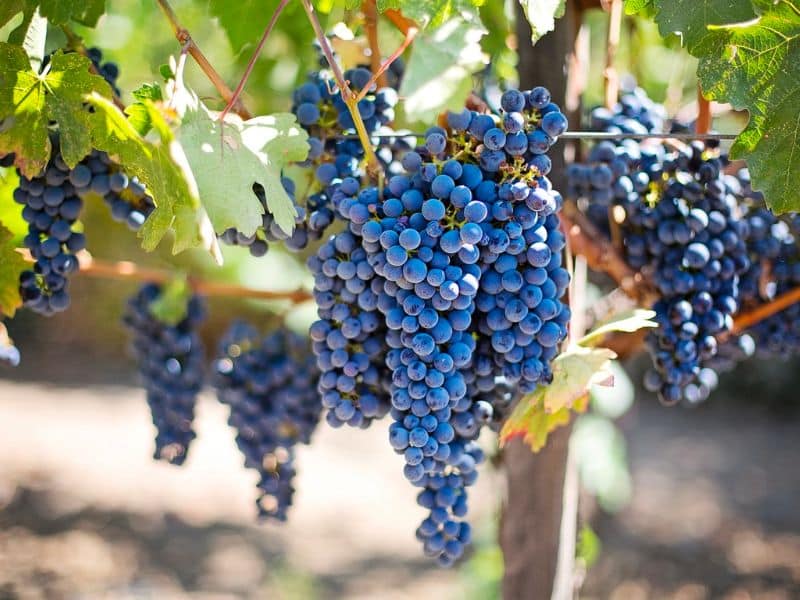
Hyssop can be a terrific ground cover to position around the base of a grapevine (Vitis). The powerful fragrance of hyssop will deter some pests that might feed on your fruits and help prevent root pests. This brush-like herb is a good ground cover because it will keep the soil around your grape vines cool and moist for longer.
The best way to combine hyssop with grapes is by trailing your grape vines over a verandah or wired fence. Grow the hyssop in rows underneath your vines.
The combination of purple fruits and beautiful purple flowers will look quite stunning and is bound to attract lots of beautiful butterflies and pollinating insects to your garden.
Brown-Eyed Susans
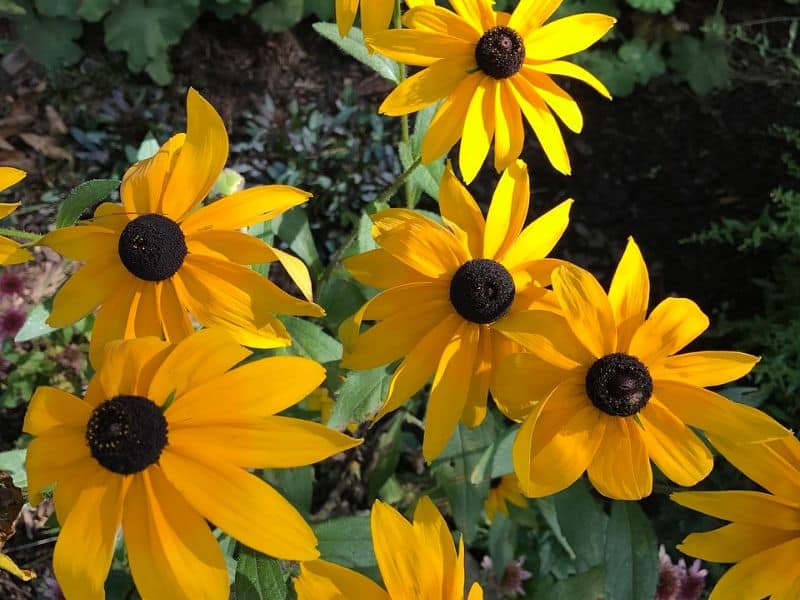
Brown-eyed susans (Rudbeckia triloba), also known as thin-leaved coneflower or three-lobed coneflower, is a specie that naturally grows alongside hyssop and is ideal for cottage gardens. The bright yellow and purple flowers will look beautiful alongside white-picked fences or among rocky features and can attract lots of beautiful butterflies to your spaces.
These hyssop companions will add lots of contrast to your garden with their vivid yellow daisy-like flowers. The different hues of yellow and purple are bound to make your garden look much more vibrant.
Brown-eyed susans require lots of direct sunlight or will need to flower correctly. In scorching and dry areas, they, and the hyssops, can be planted where they will receive some afternoon shade.
The yellow flowers tend to be slightly taller than hyssop, which means it is best to grow them behind the shorter purple flowers.
Fireworks Goldenrod
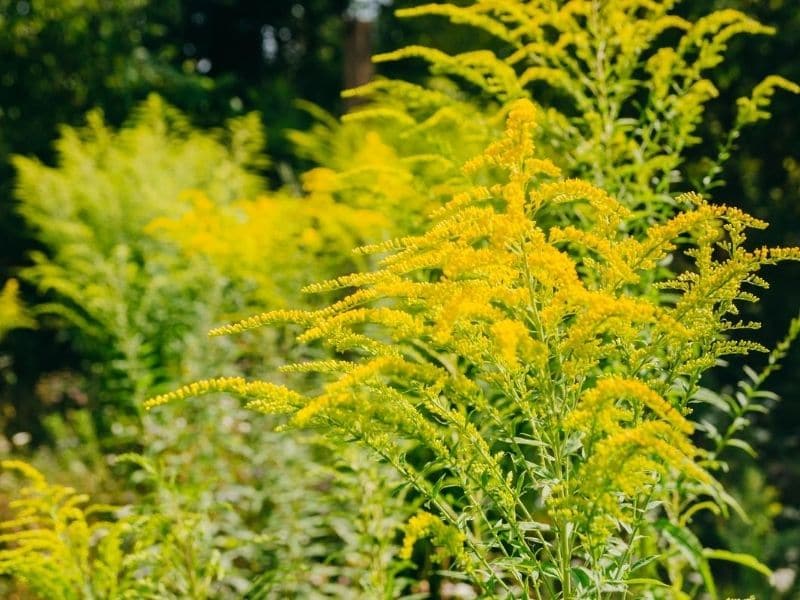
Goldenrods (Solidago rugosa ‘Fireworks’) is an ideal plant to add to your garden to create a layered shrub. This perennial produces tiny clusters of yellow flowers on tall spikes that will starkly contrast the purple hyssops, giving your garden lots of texture.
Fireworks are ideal for creating hedges or borders and can be efficient garden fillers. The showy plant is resilient against pets and easy to take care of since it has the exact basic growing requirement as hyssops.
These shrubs can grow up to 5 feet tall, so you should place them near your borders. Add a row of hyssops in the front as a ground cover for these taller plants to keep the soil nice and cool and to create an interesting layered color effect.
Purple Coneflower

Purple coneflowers (Echinacea purpurea) are ideal ornamental plants to combine with hyssop to create a wildflower effect in your garden. The vivid pink or purple flowers will also look stunning, with many purple hyssops peeking out.
Purple coneflowers need lots of direct sunlight to flower. The best way to combine them is by growing them in clumps. They can be great for creating showy mixed hedges, or you can grow them in containers.
These low-maintenance plants are ideal for cutting gardens and will attract many bees and butterflies to your spaces.
Discover ideal companion plants to complement coneflowers in your garden.
Bee Balm
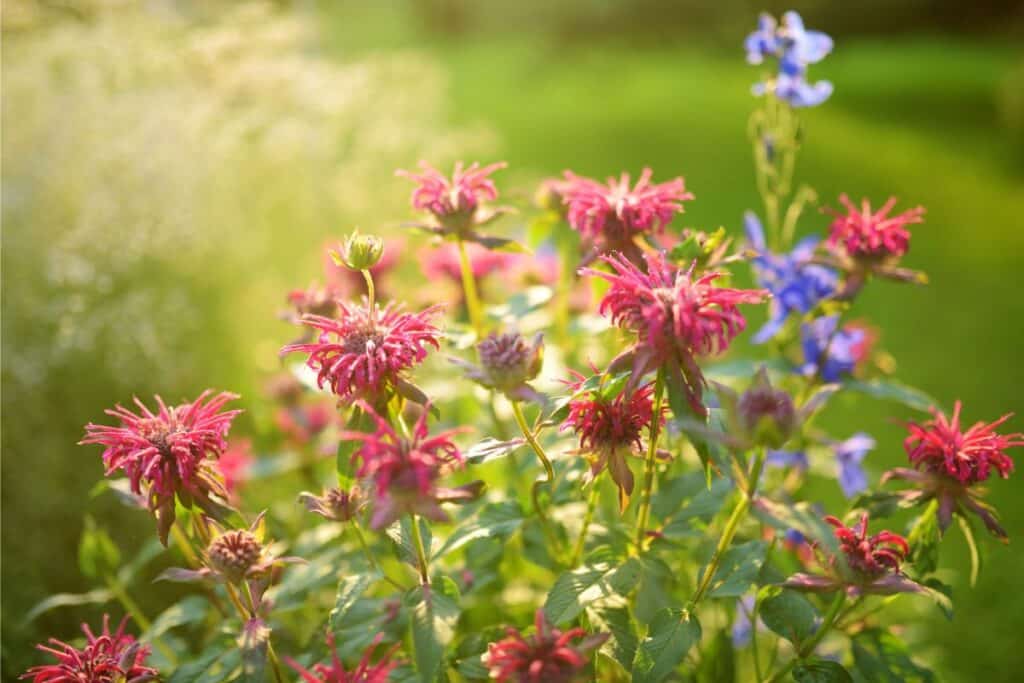
Bee balm (Monarda spp.) is an excellent anise hyssop companion plant to add to a dryer garden space. This showy plant comes in shades of scarlet, pink, white, purple, and lavender, which can contrast beautifully with hyssop. The flower is very hardy and ideal for creating low-maintenance and water-efficient beds.
Because bee balm can reach up to four feet tall, it is usually best to use it as a backdrop for the shorter hyssops.
Rosemary

Rosemary (Salvia rosmarinus) is an ideal companion plant to pair with hyssop if you are growing an herb garden. The rich fragrance of rosemary and the licorice fragrance of hyssop are bound to make your garden smell divine.
The texture-rich leaves and beautiful purple, pink, white, or blue rosemary flowers can also attract many pollinators to your spaces.
Rosemary shrubs can get quite tall, and it is best to position them in the back of your garden with lots of hyssop mass planted in the front or around the taller shrub.
What Not to Plant with Hyssop
Hyssops can be grown alongside a huge variety of sun-loving ornamentals as well as crop and fruit plants. But not all plants will grow well in the same area as hyssop and hyssop can stunt the growth of certain plants. Here is a quick look at what plants to avoid in a hyssop garden.
Radishes
Hyssop tends to stunt the growth of radishes. It is best not to grow these two plants together in the same garden bed or container.
Shade-Loving Species
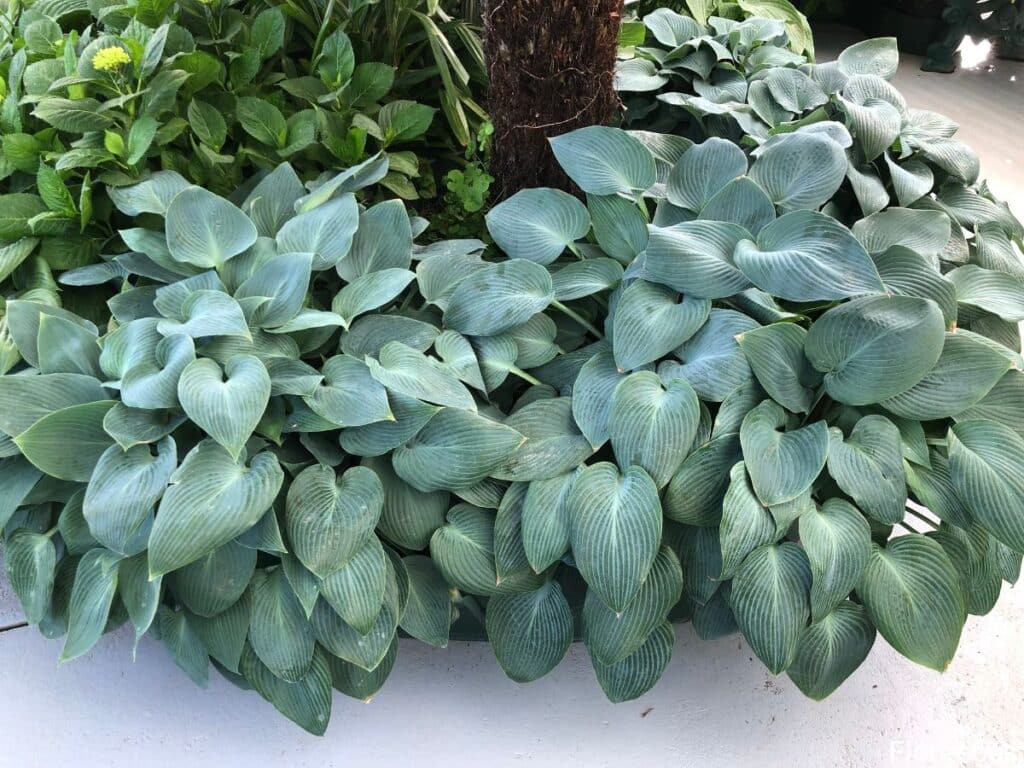
These herbs can grow in partial shade but they won’t develop in deep shade positions. It is best not to grow it with shade lovers like hostas, ferns, or coral bells. These delicate species will become scorched in the warm sun.
Water-Dependent Species
Hyssop is a drought-tolerant plant species that shouldn’t be watered too often. In soggy conditions, the root systems of this herb will rot away. Avoid planting it with moisture-dependent species like begonias.
Landscaping Ideas for Hyssop and Companions
Hyssop and the neighboring plants we discussed in this guide can be used to create all sorts of design features like borders and hedges. They are also great for mass planting but can look just as appealing in small groups.
Here is a quick look at some of the most creative ways to use these anise hyssop companion species in your garden spaces.
Mixed Borders
Hyssop has a dense growth and usually only reaches a height of about 30cm high. Because of its shrub-like appearance, it is ideal for mixed borders alongside driveways or along walls and fences. You can mix hyssop with other shrub-like ornamental plants like bee balm, goldenrod, or rosemary to create interesting mixed borders filled with lots of lush flowers.
Patio Containers
Hyssop can grow well in containers and can look striking on a patio. You can combine this herb with other ornamental species like coneflowers, bee balm, or brown-eyed susans to decorate a sunny patio.
Fruit and Veggie Gardens
You can also use hyssop as a ground cover for fruit trees or fruit vines like grapes or grow them among vegetables. The beautiful purple flowers will create a very interesting look and are great for protecting your yields from pests.
Final Thoughts
Hyssop is a very charming plant that can be combined with ornamental species like bee balm, coneflowers, rosemary, brown-eyed susans, or goldenrod to crate beautiful butterfly gardens, cottage gardens, or cutting gardens.
These flowering herbs are also used in fruit and vegetable gardens as a ground cover for grapes or brassicas because they can boost the growth of these food plants.
We hope that you enjoyed our companion planting guide and that it gave you lots of fresh new ideas on the best ways to use and combine hyssop all over your garden and patio.
See more:


